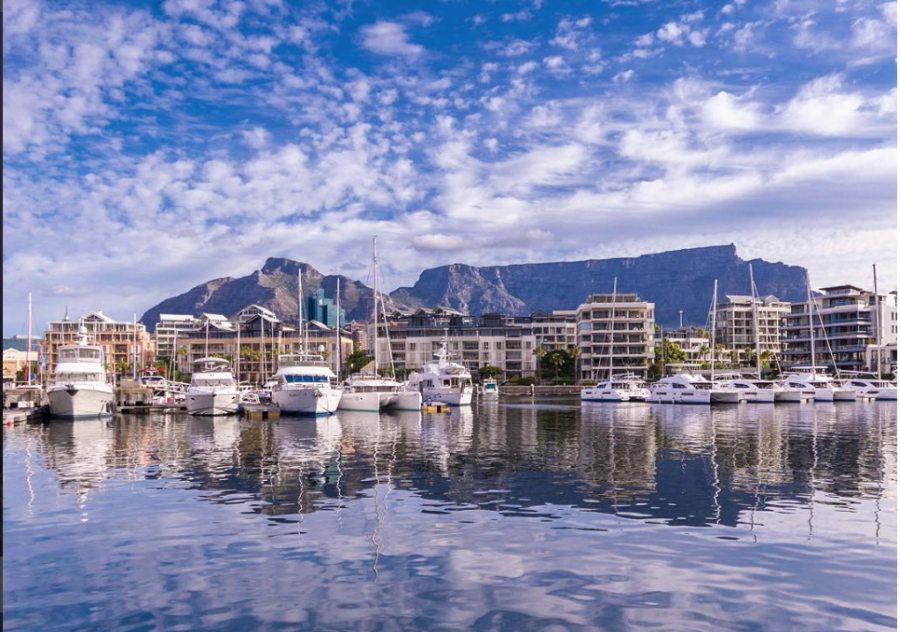
25 Reasons Brits are Being Told to Visit South Africa Now!
If every cloud has a silver lining, The Telegraph in Britain is pointing it out – 25 silver linings, in fact (and we’ve added a 26th – see the end of the story). When so many things seem to be going wrong in South Africa – with a drought to boot – it’s nice to […]
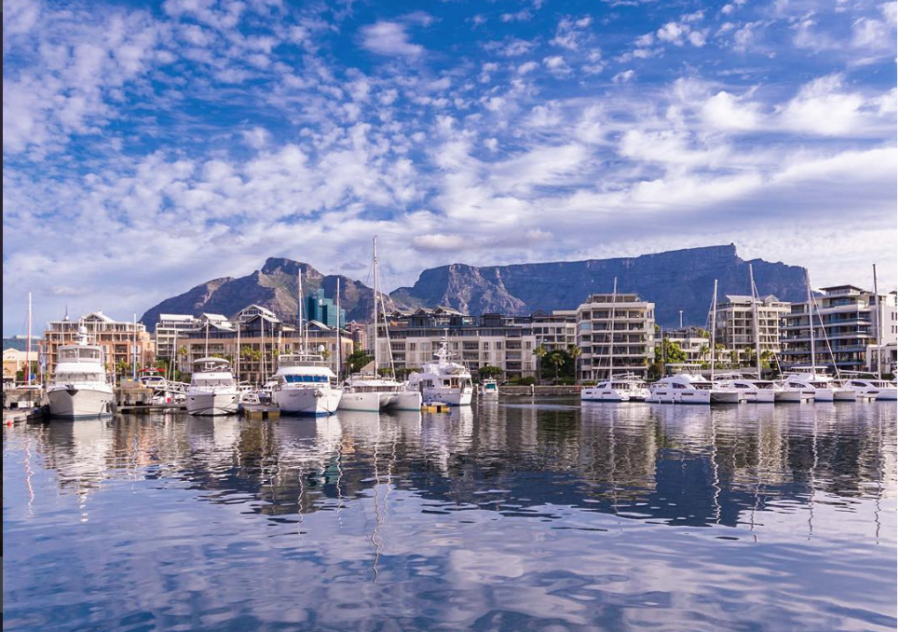
If every cloud has a silver lining, The Telegraph in Britain is pointing it out – 25 silver linings, in fact (and we’ve added a 26th – see the end of the story). When so many things seem to be going wrong in South Africa – with a drought to boot – it’s nice to be reminded that there is plenty to love about the place.
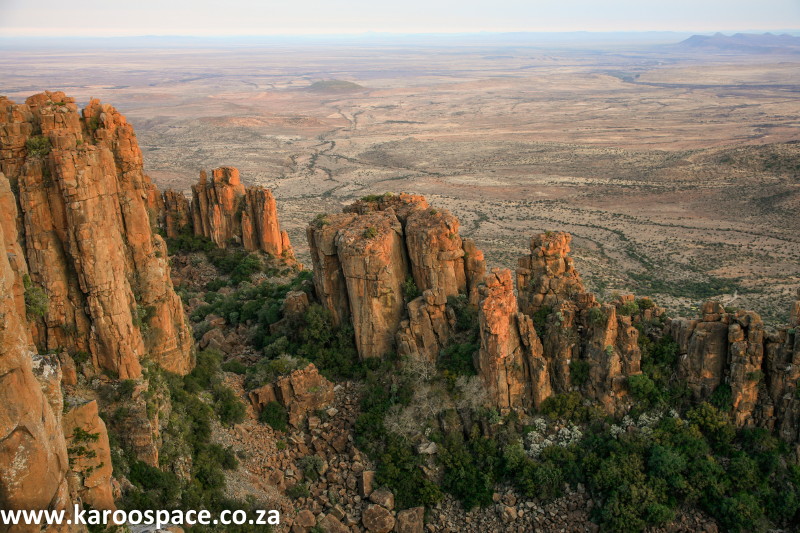
The top of the newspaper’s list published this week is, of course, that South Africa is dirt cheap – the pound that got you R10 five years ago now gets you more than double that, R21.
In a pretty thorough breakdown of what that means, the newspaper listed the following: a cup of coffee is 87p versus £1.25 five years ago, and, astoundingly, a three-course meal is now £24 versus £57!
(You might take solace in the fact that even though the rand has depreciated 20 percent against the pound in the last year, the Brazilian real has depreciated by 40 percent and the Turkish lira 28 percent.)
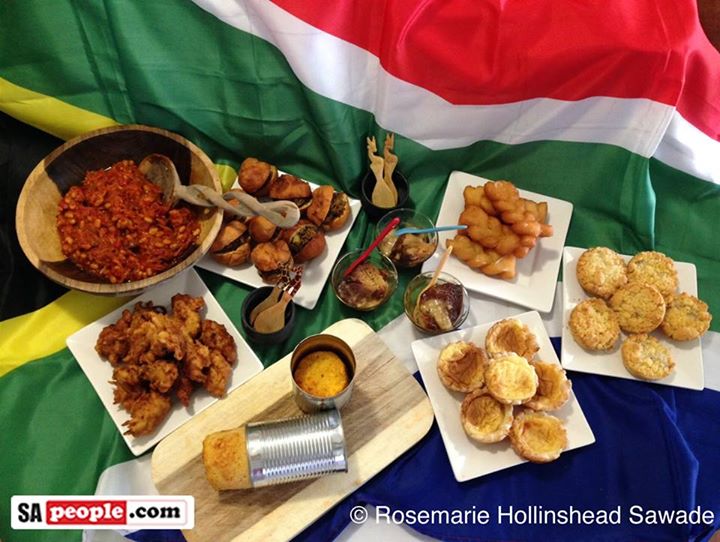
The paper lists No. 2 as the weather (well, they don’t mention the drought and refer only to Cape Town’s climate).
Talking of which, the Telegraph says Cape Town is simply the world’s best city (as voted by a reader survey)…with “the in-your-face beauty of a craggy mountain range that drops precipitously into a glittering sea, its flanks carpeted in green. Then there’s the pristine white beaches lapped by – it must be said – a chilly Atlantic, their curves defined by giant granite boulders to bake on, and burbling mountain streams in dappled forests”.
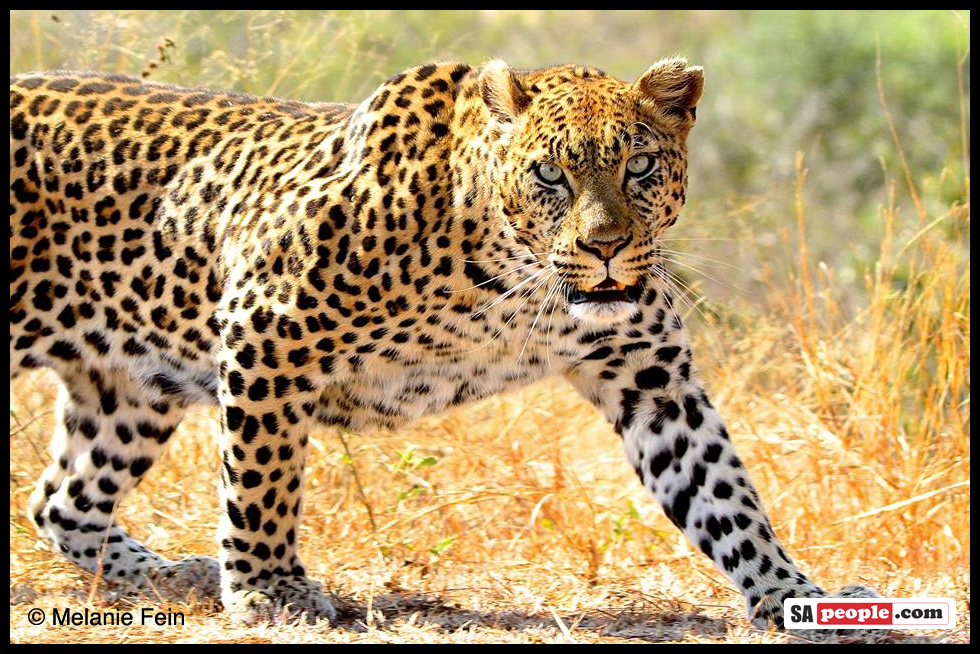
South Africa not only has the Big Five but also hippo, giraffe, wildebeest, zebra, meerkats, wild dogs, kudu, hyena and ostrich – the list goes on.
And to prove it, the Telegraph posted a couple of videos of wildlife encounters – a hyena-lion fight and a battle over a wildebeest by a hippo and crocodiles.
Oh yes, and don’t forget the whale-watching as well as one of the “greatest migrations on Earth” – the annual sardine run.
And nature is everywhere, the paper says, “you can’t escape” it.
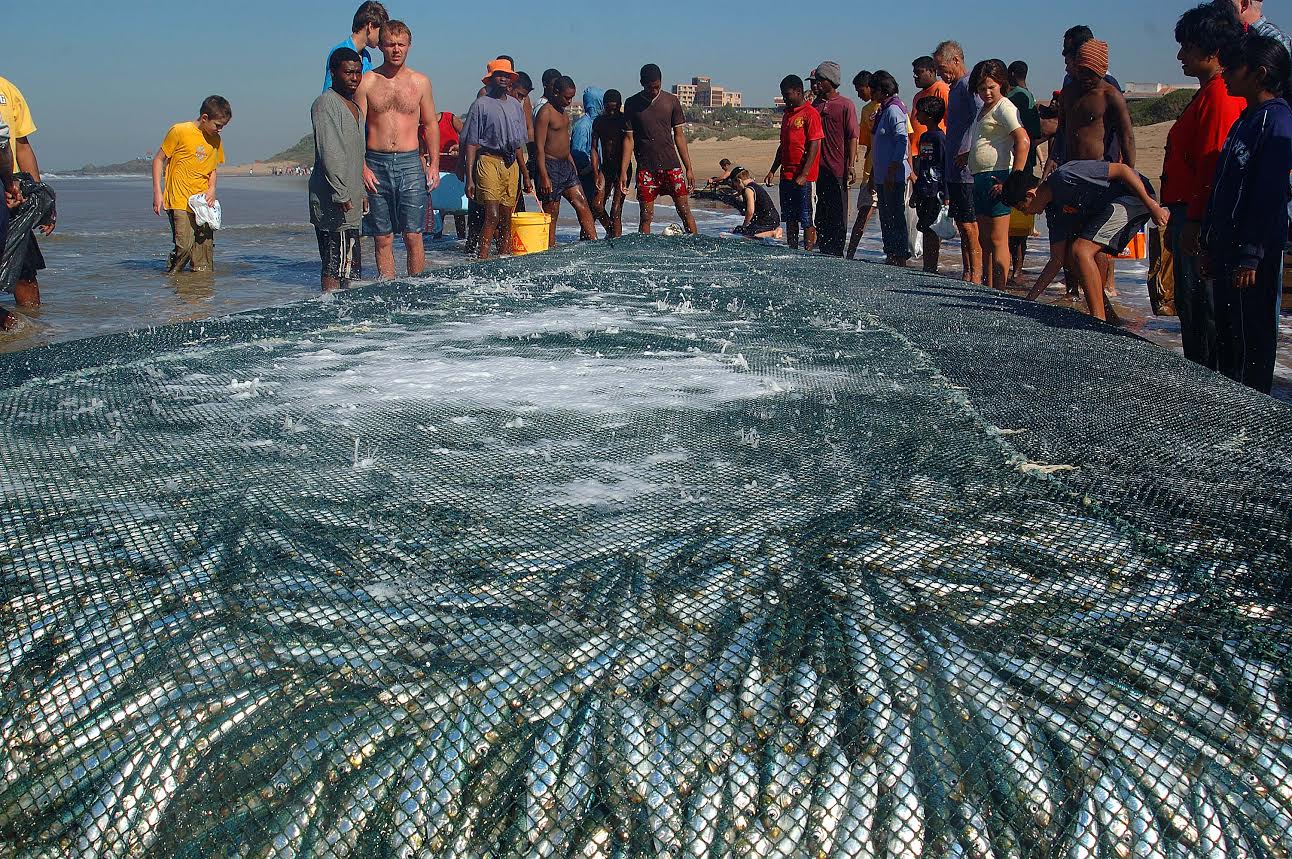
Then, of course, there are our trains, the Blue Train, Rovos Rail and the cheaper alternative, Shoshaloza Meyl. (See more details here.)
There’s the most picturesque cricket ground in the world (Newlands) and the extreme 19th hole at the Legend Golf and Safari Resort in the Waterberg, which is reached by helicopter. The tee is set 1,410 feet above the green on Hanglip Mountain on the safari resort. From the base of the mountain to the back of the green is 1,312 feet, which, in golf terms, is a 437-yard par-3, with a vertical drop of 470 yards.
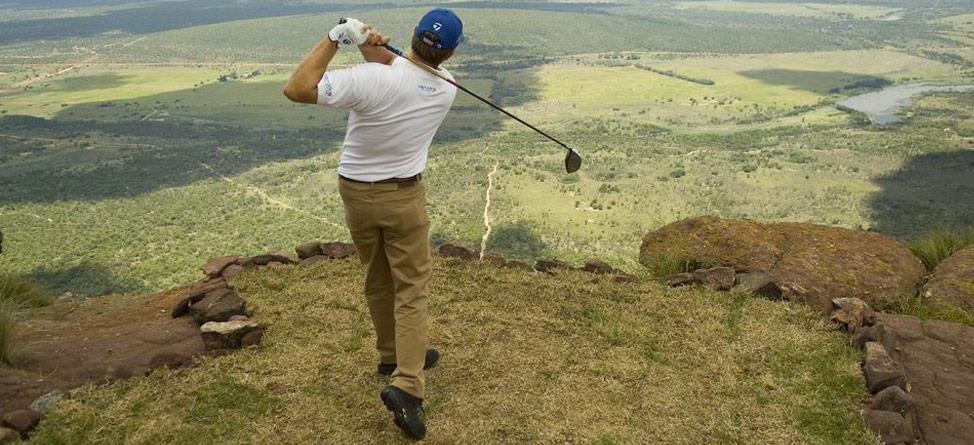
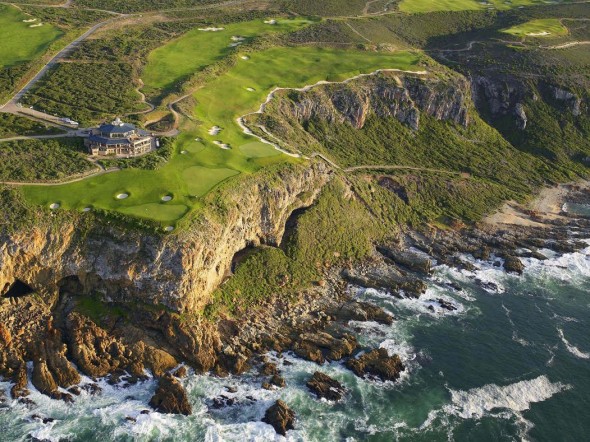
At No. 11 is – and plenty of it – the wine.
And then the landscape, which rather than Table Mountain, the Telegraph talks about places that some of us might tend to forget – the incredible Valley of Desolation and those mysterious massive geological holes at Bourke’s Luck Potholes, near Graskop.
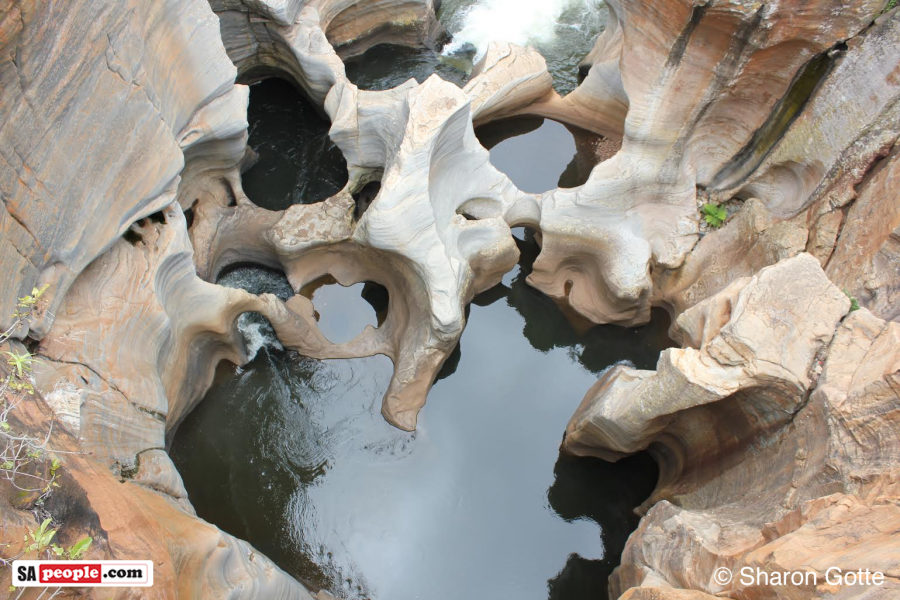
Besides the great hotels, you can stay at a residence built for Nelson Mandela on Shambala game reserve north of Johannesburg for £3,248 per night (for 12 people, that is) or one of the greatest treehouses around, at Lion Sands Game Reserve in Kruger National Park.
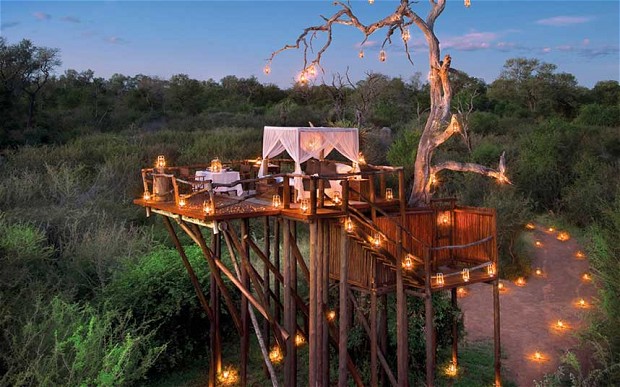
You can watch the Indian and Atlantic oceans meet at Cape Agulhas, and then spend some time at incredible beaches the length of the country (although there are Great Whites, the paper reminds readers).
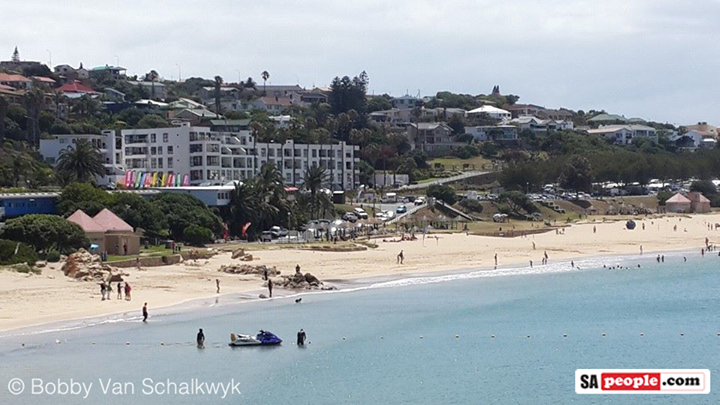
And on one of those beaches, Boulders in Simonstown, there are some very special penguins.
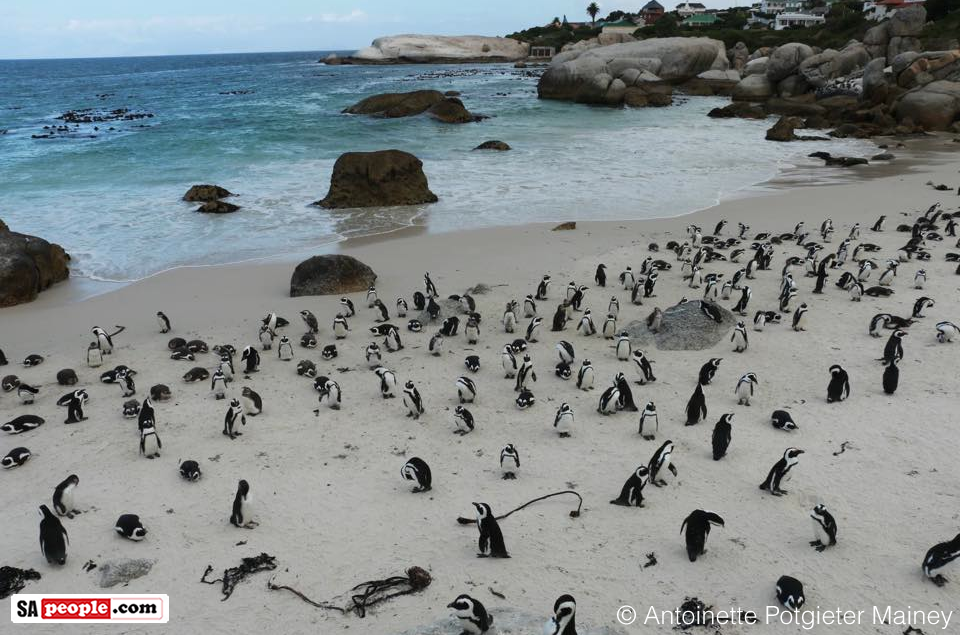
There’s great hiking (Wild Coast, anyone? Tsitsikamma?), battlefields for all the history buffs, great shopping and …
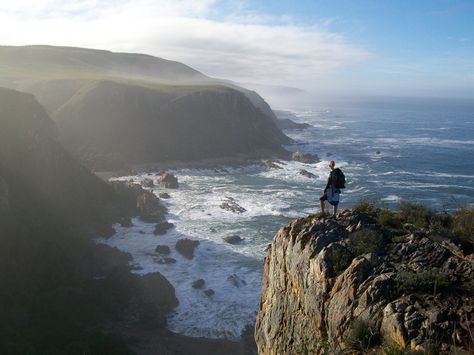
… eight World Heritage Sites (that would include iSimangaliso Wetland Park, the Richtersveld, Robben Island, Vredefort Dome and uKhahlamba/Drakensberg Park).
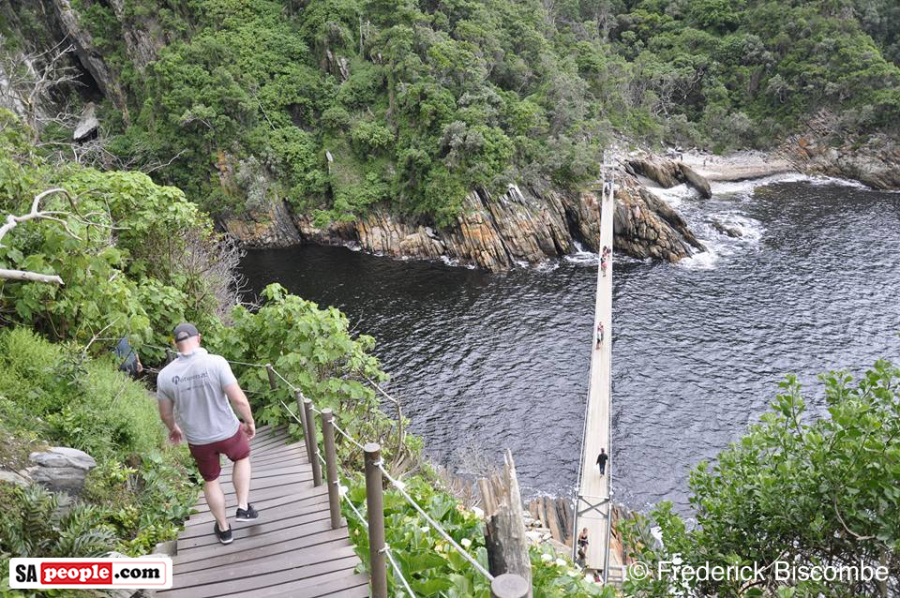
Those are a few things that would keep you busy for days, if not weeks. Let’s not forget the largest cave system in Africa, the Cango Caves, as well as Sun City’s incredible zip line.
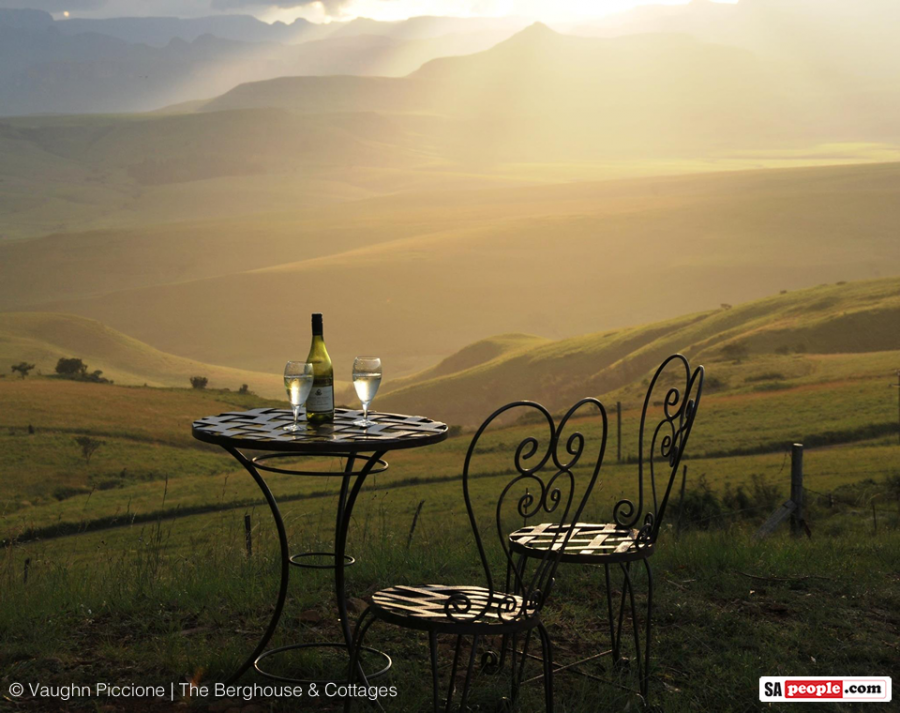
And South Africa is almost on the same time zone as Britain, so there’s no jet lag, and driving is on the left side of the road (unlike France and Europe).
One thing the Telegraph doesn’t include, of course – and this is especially for expats – is friends and family. A visit back to South Africa is a chance to see them, and the other 25 things.
(Main photograph by Heinrich Knoetze)
MORE
View the Telegraph article here.